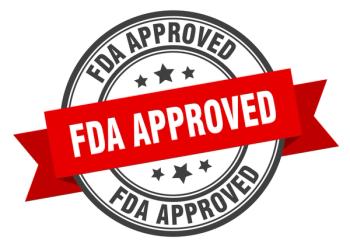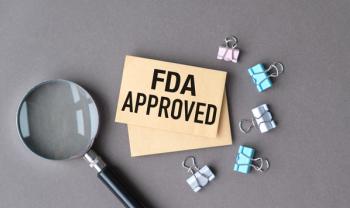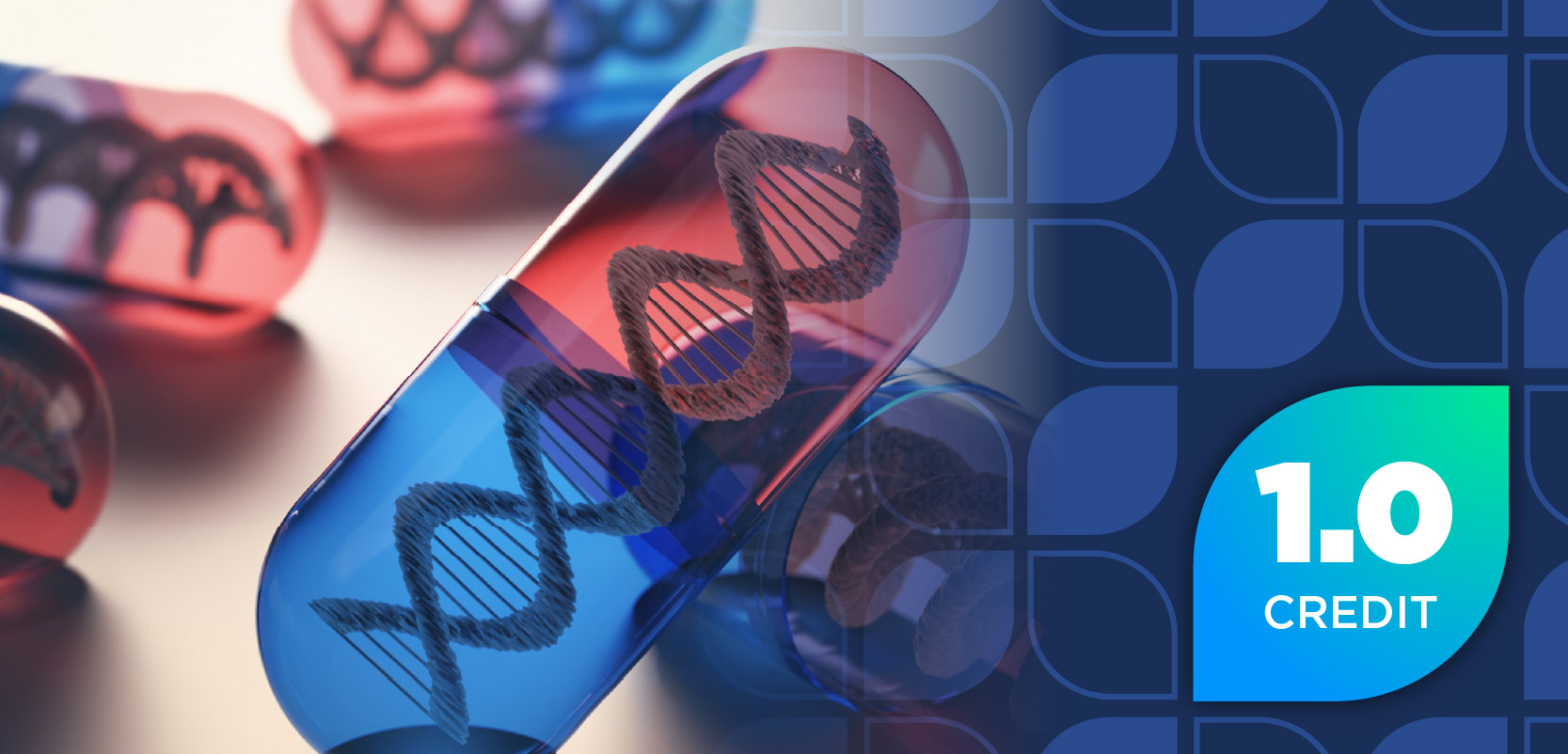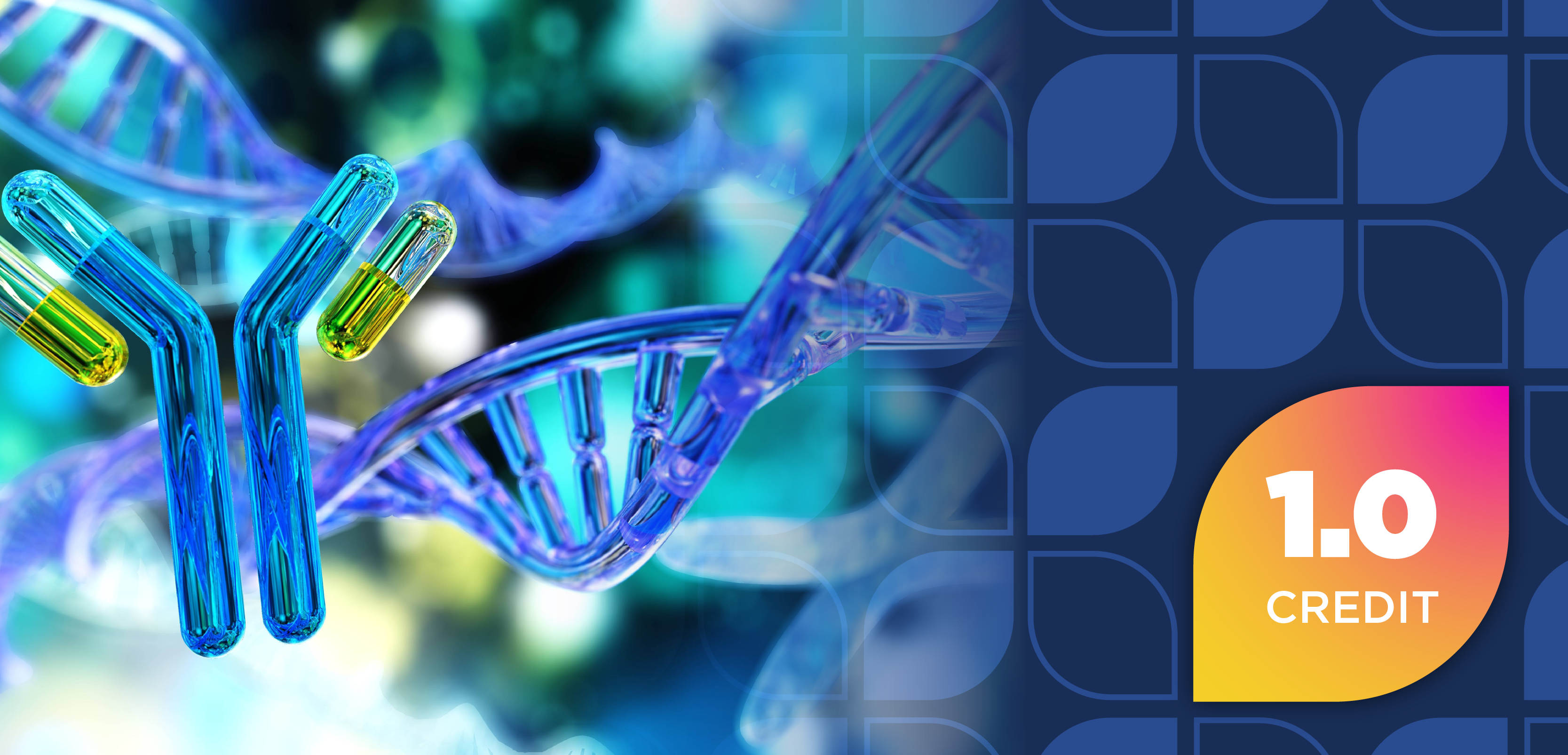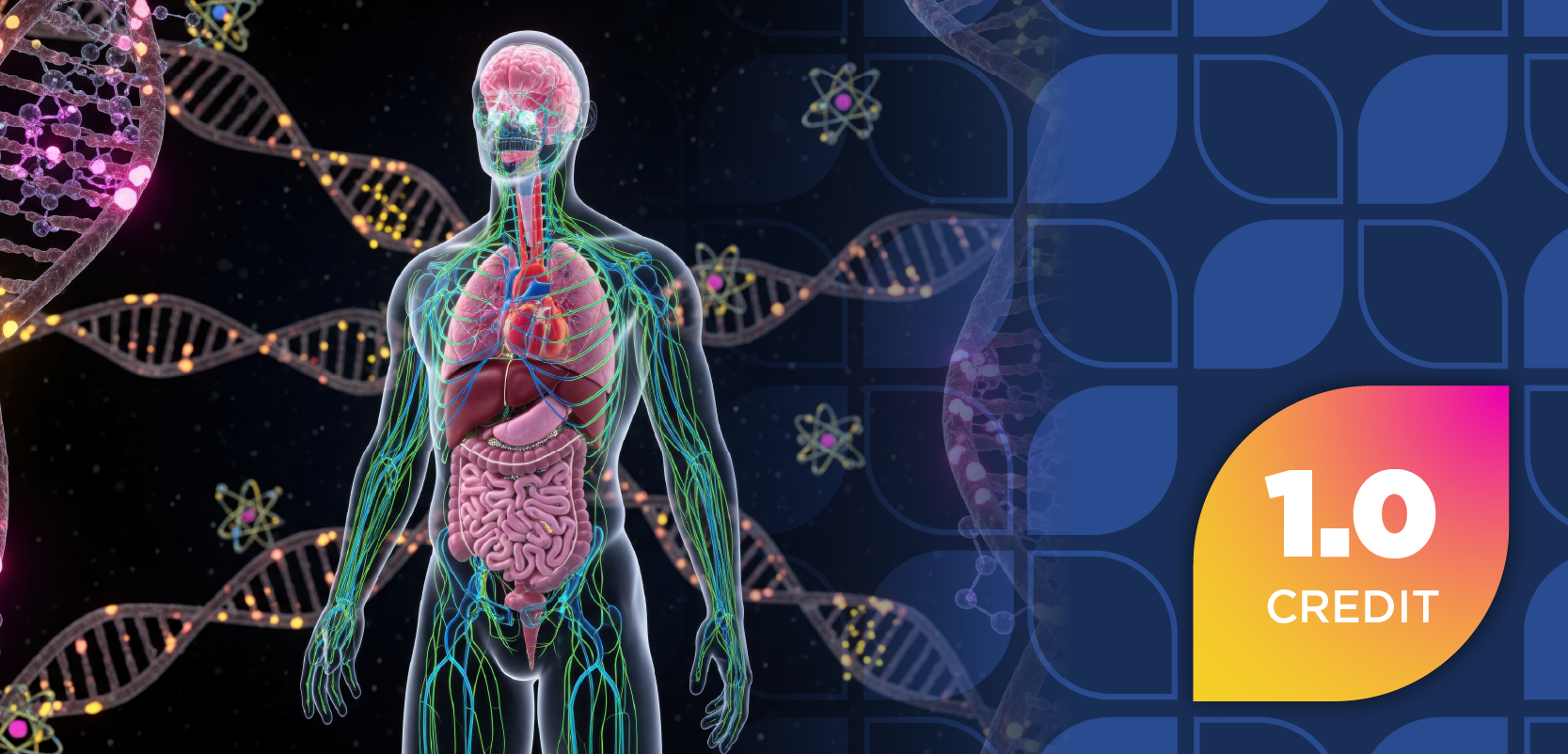Historical Perspective
Pharmacy practice has undergone a major transformation in recent decades, driven largely by advancements in technology and automation. The shift from paper charts to electronic health records (EHR), from handwritten prescriptions to computerized provider order entry (CPOE) systems, and from manual medication carts to automated dispensing cabinets (ADCs) has completely reshaped the pharmacist workflow.
Pharmacy automation can be traced back to the mid-twentieth century when early attempts at automating the dispensing process began. However, the adoption of technology within pharmacies did not begin until the arrival of computers in the 1970s and 1980s. This shift toward digital solutions would later gain momentum in the early 2000s with the widespread adoption of EHRs and CPOE systems. These technologies paved the way for modern innovations such as ADCs and barcode medication administration (BCMA), significantly enhancing both safety and efficiency.
Can We Further Improve?
Although technological innovations have brought remarkable improvements to pharmacy practice, inefficiencies and medication errors persist. Per the National Academy of Medicine, hospitalized patients experience 1 medication error per day during admission.1 Although a margin of error is to be expected in any process, the nature of pharmacy work demands that we strive for perfection—however unachievable that may be. A seemingly benign mistake can be fatal, and thus our goal should not be to reduce but rather eradicate medication errors.
One can look to the aviation industry, for example, where a fatal accident only occurs once for every 16.3 million flight hours.2 This is not a perfect comparison, but it is imperative that we focus on the similarities and learn from them. Discovering that pilot error causes nearly 80% of all fatal accidents, the aviation industry has all but eliminated human error from the process. By taking a proactive approach, targeting improved collaboration and transparency, and leaning heavily on automation, it has been able to achieve what no other industry has—before or since.
Similarly, human error is responsible for many medication errors, as reported by the World Health Organization (WHO).3 Like aviation, we too must rely more on the newest technology and less on manual processes.
Pharmacy Automation Today and the Evolution of the Pharmacist
Some of the most impactful and widely used technological innovations in pharmacy today are ADCs, unit-dose packaging machines, carousel systems, and BCMA scanners. The integration of pharmacy automation has seen steady growth over the past few decades. A 2013 survey of US hospital pharmacies found that 97% had implemented automation technology within their medication use process.4,5
Pharmacy automation has not only improved workflow but also revolutionized the field. By automating routine tasks, the pharmacist role has shifted away from the traditional dispensing to more academic and clinical work. In March of 2023, the American Society of Health-System Pharmacists reported that the number of pharmacy residency positions had grown by a remarkable 12% (5127 to 5832) in less than 5 years.6 We are also seeing a growing number of pharmacists becoming involved in direct patient care activities such as consultations, chronic disease management, and medication therapy management.7 This shift not only enhances patient outcomes but also improves job satisfaction among pharmacists.8
Advances in Pharmacy Automation: Emerging Technologies and Trends
Of all current trends in technology, none are more significant than artificial intelligence (AI). AI is a technology that leverages massive amounts of data to perform complex tasks that previously required human-level intelligence. Two powerful forms of AI within health care are predictive analytics and machine learning.9
Predictive analytics, the less novel form of AI, uses historical data to design models predictive of the future. Examples include the LACE index for predicting 30-day hospital readmissions, the Wells Score for predicting the likelihood of venous thromboembolism, and many others. With the advanced level of computing available today, these tools are likely to become much more sophisticated.9
Machine learning, on the other hand, is the newer and more dynamic form of AI. Whereas predictive analytics rely on retrospective data, machine learning continues to incorporate incoming data and adjust its decision-making accordingly. Future iterations may incorporate ongoing population trends into AI algorithms capable of earlier identification and prevention of adverse drug reactions for certain patients. Another application for machine learning inventory management is one in which it can read product updates from the wholesaler and shipping and act upon them in real time.9
Furthermore, natural language processing (NLP) algorithms could revolutionize the way pharmacists interact with EHR—enabling faster and more accurate retrieval of patient information. For example, an NLP algorithm could be trained to read fragmented chart notes and complex medical terminology to develop actionable insights.9
Other notable innovations include robotic devices that perform complex pharmacy tasks, cloud-based solutions like telepharmacy and remote order verification, and patient-centric solutions that offer highly individualized care.9
Barriers to Implementation
While there are many exciting innovations in this arena, there are important limitations and barriers to implementation that one must consider. These include high upfront costs for equipment, software, and subscription fees; logistical challenges when transitioning to a new system and training personnel; and data security and privacy. Ensuring compliance with regulations and protecting sensitive information can be a complex undertaking.10,11
About the Author
Michael Beshir, PharmD, is a dedicated clinician and educator with nearly a decade of inpatient experience. He holds a background in management science and economics and earned his PharmD from Midwestern University-Chicago in 2015. After completing PGY1 residency training at Rush University Medical Center, he served as clinical coordinator, specializing in critical care, leading clinical services, and mentoring pharmacy students. His penchant for formulary management and drug policy led him to later pursue PGY2 residency training in drug information at Kaiser Permanente in 2020. He returned to inpatient practice serving at PIH Health and Harbor-UCLA Medical Center. In March 2024, Beshir joined the Marshall B. Ketchum University College of Pharmacy where he currently serves as a faculty member in the Department of Pharmacy Practice.
Conclusion
Technological innovations and automation have reshaped the entire medication use process and led to the evolution of pharmacy practice. By delegating routine tasks to machines, pharmacists have been able to expand their services, offer more direct patient care, and perform more clinical work. With the advent of AI and its powerful capabilities, pharmacy automation is poised to see rapid growth in the years ahead. It is not unreasonable to be wary of the uncertainty this next wave of technology may bring to the pharmacist role, but rather than receive it with reluctance and apprehension, we should prepare for it and embrace it. In many ways, technology helps us, augments our work, and empowers us to become better pharmacists.
REFERENCES
1. Partin B. Preventing medication errors: an IOM report. Nurse Pract. 2006;31(12):8. doi:10.1097/00006205-200612000-00002
2. Cioroianu I, Corbet S, Larkin C. Guilt through association: reputational contagion and the Boeing 737-MAX disasters. Economics Letters. 2021;198:109657. doi:10.1016/j.econlet.2020.109657
4. Pedersen CA, Schneider PJ, Scheckelhoff DJ. ASHP national survey of pharmacy practice in hospital settings: prescribing and transcribing—2013. Am J Health-Syst Pharm. 2014;71(11):924-942. doi:10.2146/ajhp140032
5. Alanazi MF, Shahein MI, Alsharif HM, et al. Impact of automated drug dispensing system on patient safety. Pharm Pract (Granada). 2022;20(4):1-11.
7. Chisholm-Burns MA, Jeannie KL, Spivey CA, et al. US pharmacists’ effect as team members on patient care. Medical Care. 2010;48(10):923-933. doi:10.1097/MLR.0b013e3181e57962
9. Willner MA, Vogan ED. Pharmacy Informatics II: Big Data. In: Malone PM, Witt BA, Malone MJ, Peterson DM, eds. Drug Information: A Guide for Pharmacists, 7e. McGraw Hill; 2022.
10. Nanji KC, Cina J, Patel N, Churchill W, Gandhi TK, Poon EG. Overcoming barriers to the implementation of a pharmacy bar code scanning system for medication dispensing: a case study. J Am Med Inform Assoc. 2009;16(5):645-650. doi:10.1197/jamia.M3107
11. ElLithy MH, Alsamani O, Salah H, Opinion FB, Abdelghani LS. Challenges experienced during pharmacy automation and robotics implementation in JCI accredited hospital in the Arabian Gulf area: FMEA analysis-qualitative approach. Saudi Pharm J. 2023;31(9):101725. doi:10.1016/j.jsps.2023.101725



